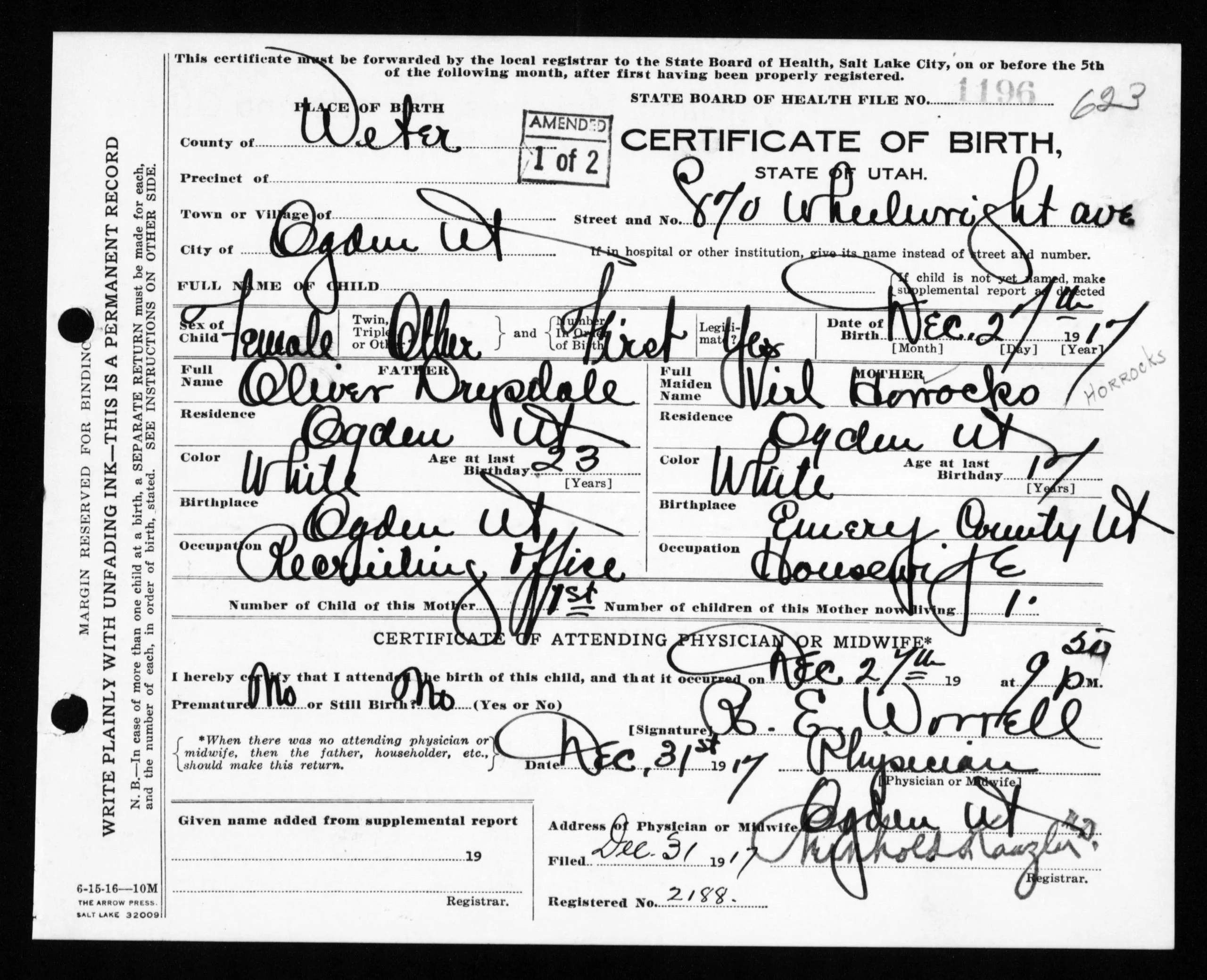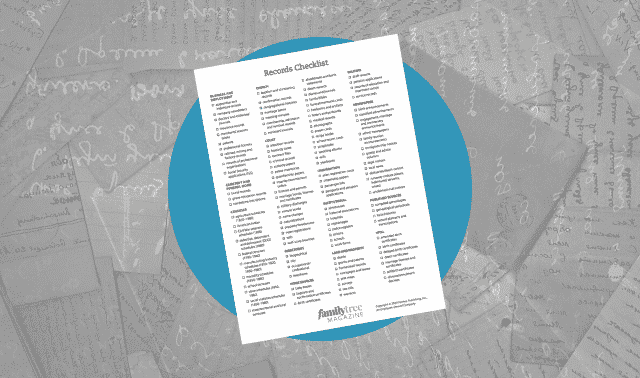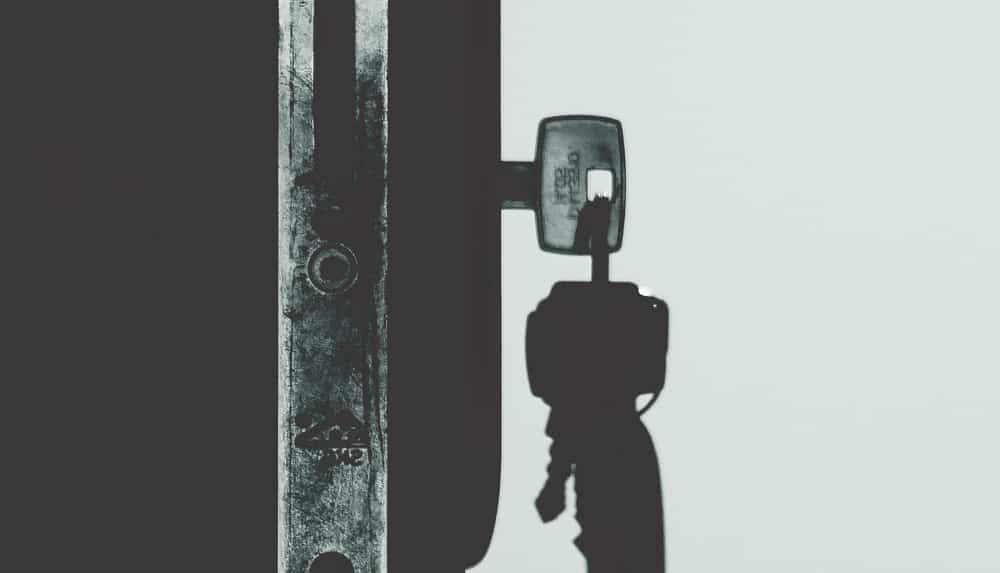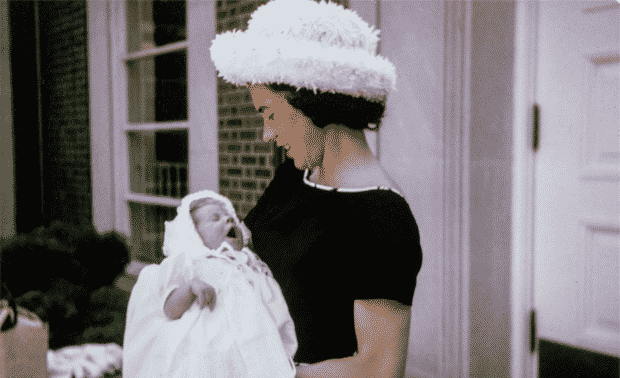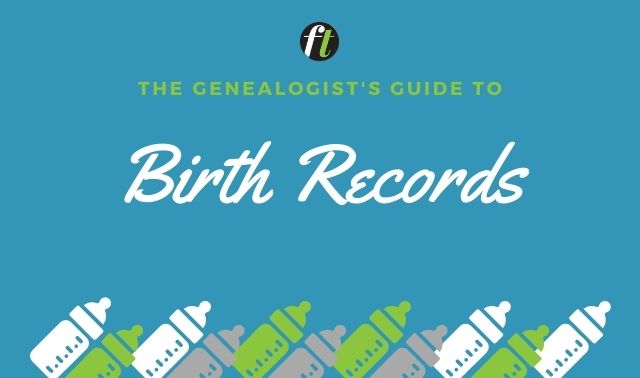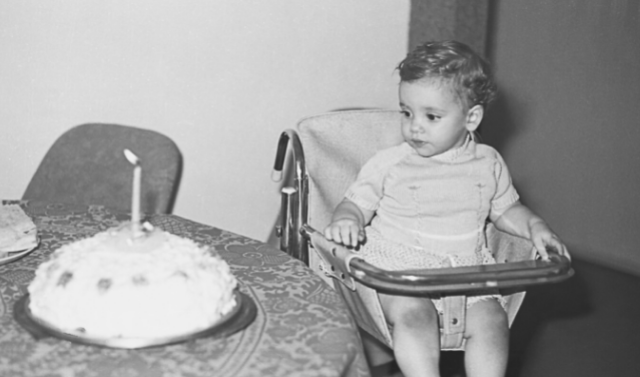Sign up for the Family Tree Newsletter! Plus, you’ll receive our 10 Essential Genealogy Research Forms PDF as a special thank you.
Get Your Free Genealogy Forms
"*" indicates required fields
The basic steps to obtaining an official birth record involve figuring out the right office to contact and making a request. Below is an overview of the process.
Step 1: Gather basic information on the ancestor.
Ironically, tracking down a birth certificate may require already knowing most of the information you hope to find in the record. (It’s still worth the search to confirm in primary sources what you think you know about an ancestor.) Besides your ancestor’s name, you’ll need at least an educated guess about place and date of birth.
If you don’t know this information, try looking in family letters and other papers, your clan’s Bible, newspaper birth announcements and obituaries, church records and military records. You even can tap sources such as online family trees and pedigree databases.
ADVERTISEMENT
Step 2: Find out when vital records start.
Investigate when your ancestor’s hometown began keeping birth records by consulting a reference such as The Family Tree Sourcebook or Red Book: American State, County and Town Resources. You also may find information on the county’s USGenWeb site or the county government’s website.
Note that this date isn’t necessarily the same year statewide record-keeping began. In most places in the United States, you’ll look for the date your ancestor’s county started keeping records, which may be earlier than the state-mandated date (and some areas were slow to comply with state laws). For New England ancestors, look at towns. Many large Northeastern cities kept vital records, too.
You’ll need to make sure you’ve got the right place on today’s map. County borders and names changed as the nation grew: A relative born in 1902 in the town now called Allendale County, S.C., would have actually started life in either Barnwell or Hampton counties, from which Allendale was formed in 1919. Use the online Atlas of Historical County Boundaries to investigate changing borders where your kin lived.
ADVERTISEMENT
Step 3: Figure out where to look.
Copies of birth records may be at both the state and county levels, or the location may depend on the date. Some states keep recent records in the vital-records office or a health department, but transfer old records to a state archive. In Illinois, for example, birth records since January 1916 are at the state Division of Vital Records, part of the Department of Public Health. Earlier records remain in the individual counties or at the Illinois Regional Archives Depository; you can check the holdings online for your Illinois ancestor’s county.
The references mentioned in step 2 can help you learn locations of the original records. Alternatively, consult Where to Write for Vital Records. Links generally take you to the state government website for more-detailed information.
If you’re really lucky, you can find online records (as for Arizona) or at least an index that will help you request a copy of the record. Genealogy sites such as Ancestry.com, Archives.com or FamilySearch.org may have birth records and/or indexes; as might the state archives website or county USGenWeb site. Or run a Google search on the state, county or town and birth records genealogy.
Step 4: Make the request.
Closely follow the repository’s instructions for requesting a birth record (unless you found an image of the actual record online). You may have to complete a form with enough information for the office to find your ancestor’s record: full name, sex, date and place of birth, and parents’ names (if known). You’ll typically pay a fee and you might have to include a photocopy of your driver’s license. Be sure to mention you want the record for genealogical purposes, and describe your relationship to the person whose record it is.
Another option is to order records online using a service such as VitalChek, though these sites’ fees are higher than what state agencies charge. If all goes well, you’ll have a copy your ancestor’s birth certificate within the time frame specified on the government office website.
Related Reads
ADVERTISEMENT

